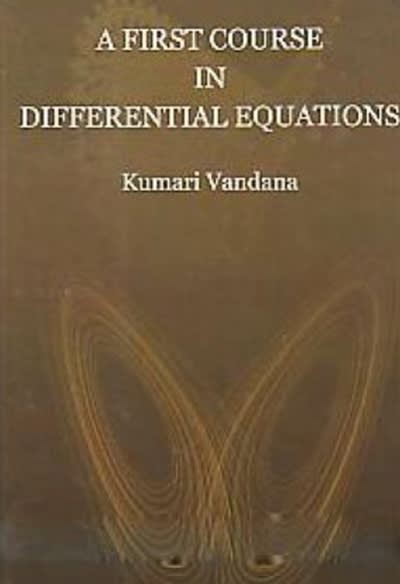Answered step by step
Verified Expert Solution
Question
1 Approved Answer
(a) Identify the claim and state (b) Find the critical value(s) and identify the rejection region(s). (c) Find the standardized test statistic.(e) Interpret the decision
(a) Identify the claim and state
(b) Find the critical value(s) and identify the rejection region(s).
(c) Find the standardized test statistic.(e) Interpret the decision in the context of the original claim.
(d) Decide whether to reject or fail to reject the null hypothesis.
(e) Interpret the decision in the context of the original claim.

Step by Step Solution
There are 3 Steps involved in it
Step: 1

Get Instant Access to Expert-Tailored Solutions
See step-by-step solutions with expert insights and AI powered tools for academic success
Step: 2

Step: 3

Ace Your Homework with AI
Get the answers you need in no time with our AI-driven, step-by-step assistance
Get Started


